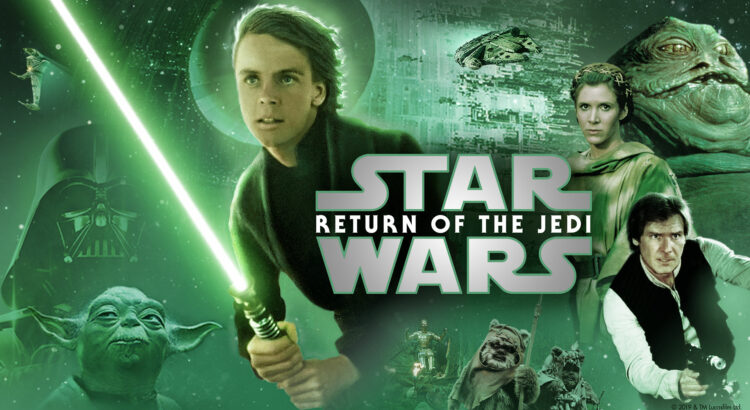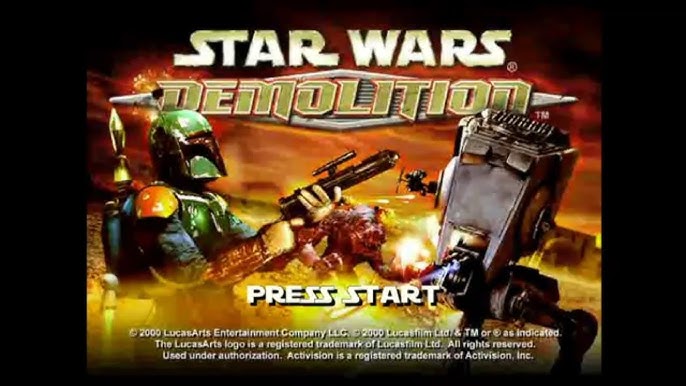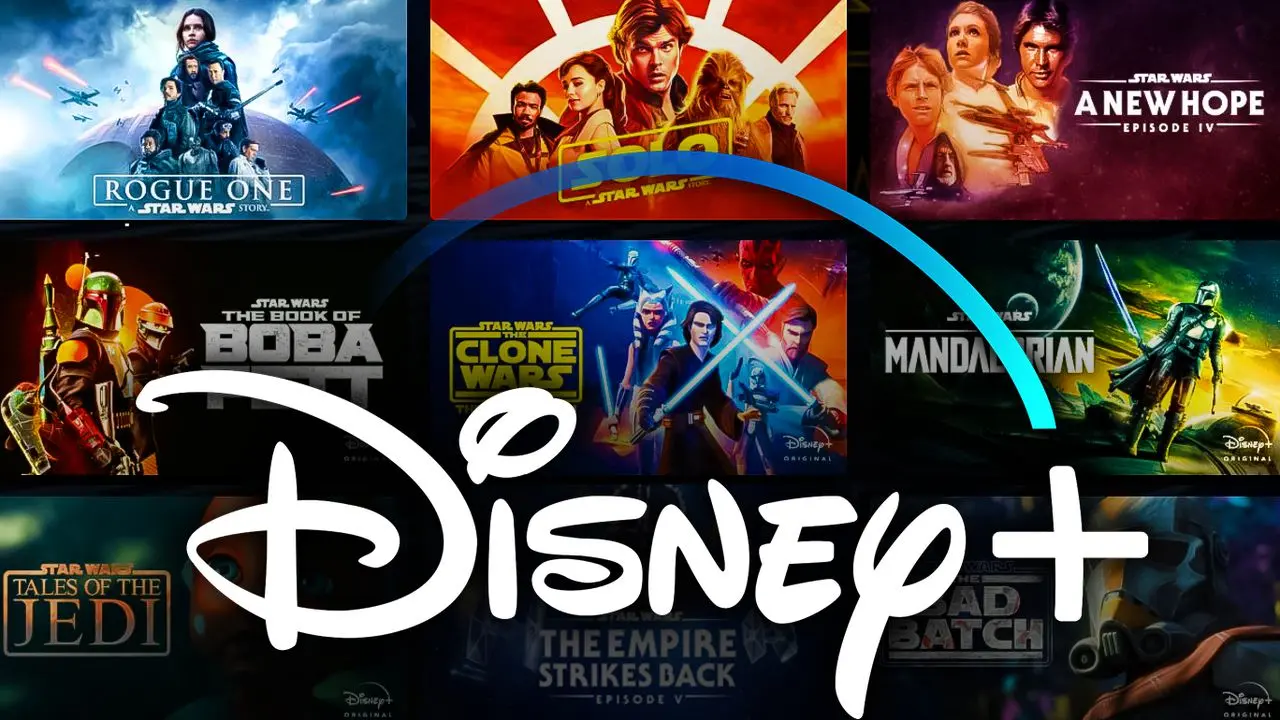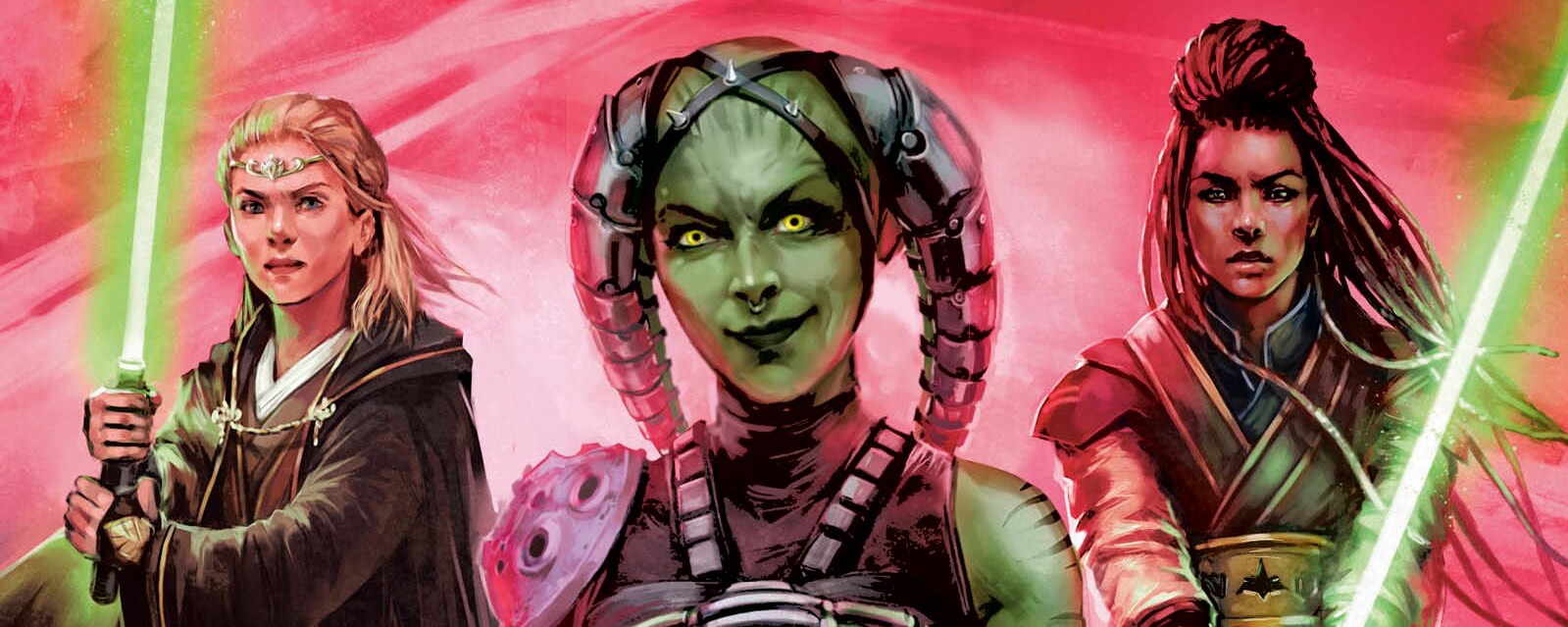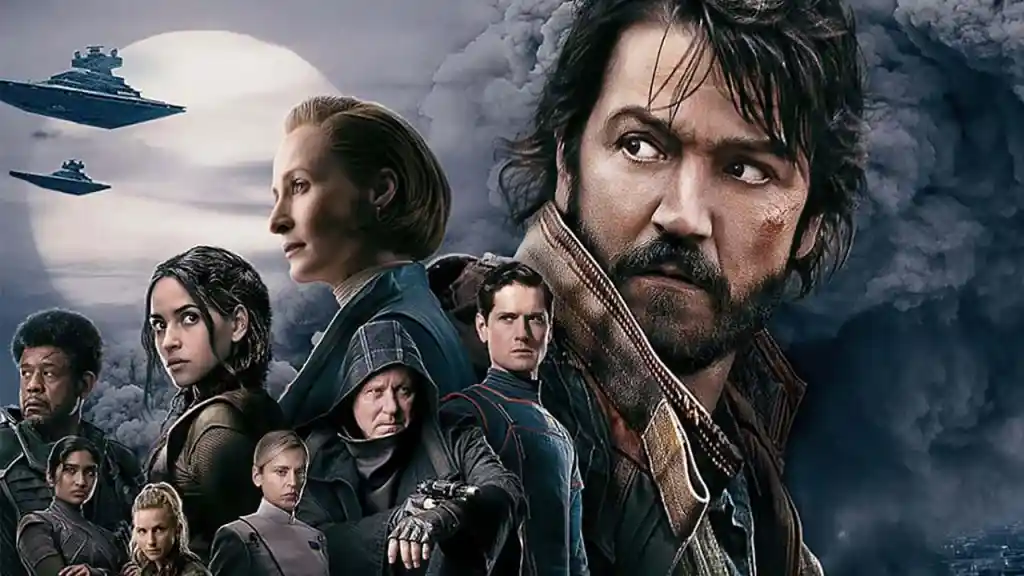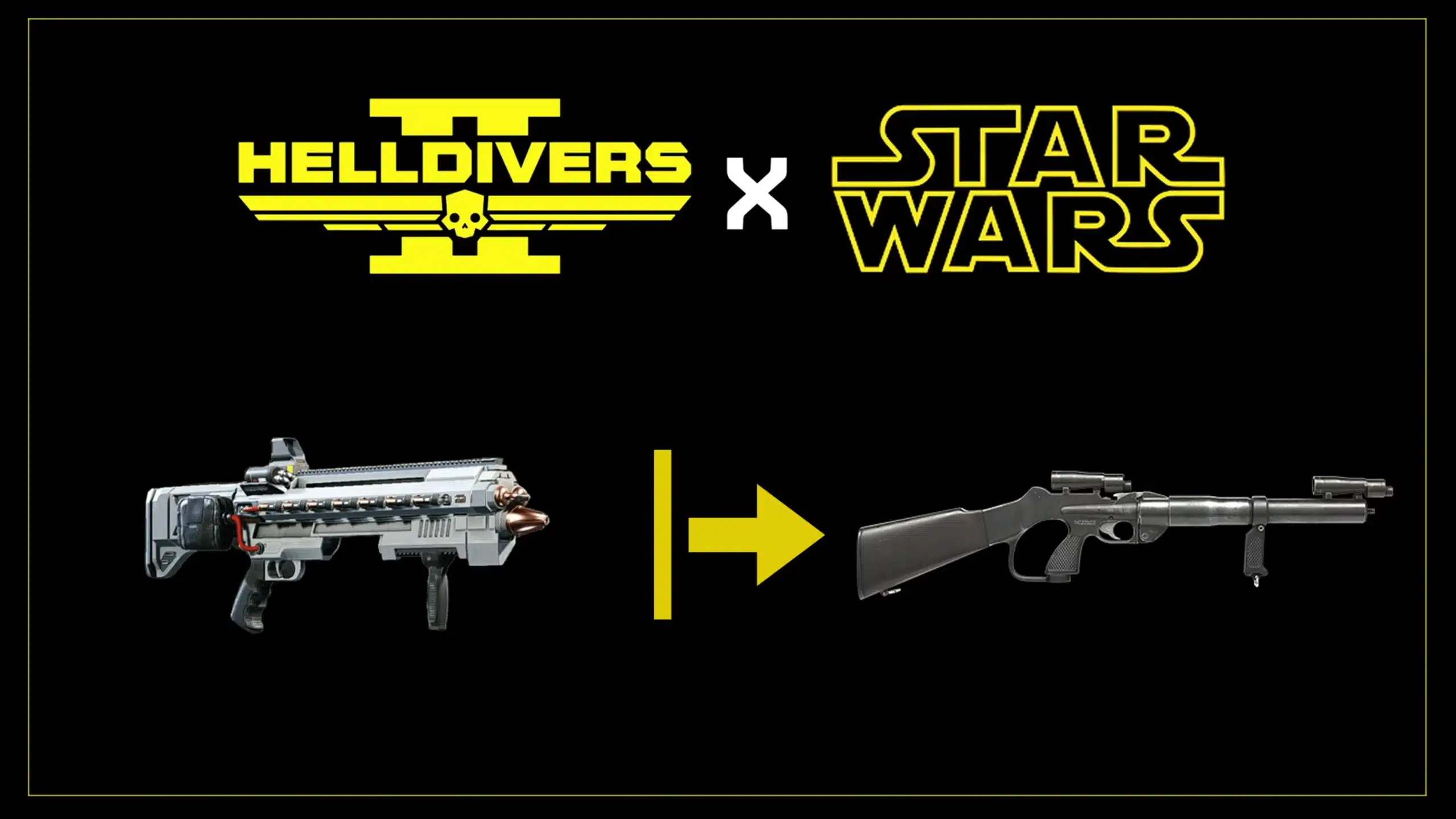Well, fellow Star Wars fans, it looks like Return of the Jedi just got an upgrade—or perhaps a downgrade, depending on how you look at it. The British Board of Film Classification (BBFC) has recently taken another look at the iconic 1983 film and decided, after careful consideration (or perhaps a strong cup of tea and some intense lightsaber dueling debates), that it’s no longer fit for the “U” (universal) rating. Instead, the film now wears the “PG” badge, meaning Parental Guidance is advised. Yes, folks, this means younglings might need a little more hand-holding through the galaxy’s most explosive Ewok dance party.
But why did this happen, and what does it say about our changing views on movie violence? Let’s dive into this galactic re-rating journey!
From U to PG – What Changed?
1. The BBFC’s Reasoning: Violence Intensity
According to the BBFC, the decision to reclassify the rating comes down to “the detail and overall intensity” of violence depicted in the film. Now, you might be scratching your head, thinking, “Really? Return of the Jedi? The one with Ewoks beating up stormtroopers with sticks?” But here’s the thing—while those adorable teddy bears certainly had their Home Alone-style traps and bonking antics, the BBFC feels the movie’s portrayal of violence, combined with its intensity, warrants a more cautious label.
2. 1983 vs. Today – Changing Standards
Back in 1983, when Return of the Jedi first graced our screens, the BBFC deemed it fit for all ages. Fast-forward to today, and standards around what is considered “intense” or “suitable for children” have shifted. What was once a universe-spanning battle of good vs. evil is now being looked at with a more critical lens (probably by the same people who wondered if Luke’s hand-chopping incident in Empire should have come with a “may cause hand-cringing” warning).

Let’s Talk About the Violence
1. Lightsabers and Limbs
Sure, Return of the Jedi might not be the bloodbath some modern blockbusters are, but it does have its share of intense moments. From Luke Skywalker taking on Jabba’s entire crew with his newly minted green lightsaber to Darth Vader’s redemption (which involved tossing the Emperor down a very long shaft), the movie isn’t exactly devoid of conflict. And yes, the BBFC took notice.
2. Jabba’s Palace – A Den of Danger
Jabba the Hutt’s palace is like the Star Wars equivalent of a seedy nightclub that parents might side-eye. There’s the rancor pit (an emotional roller coaster for the poor rancor keeper), Leia’s slavery subplot, and a lot of blaster-fire exchanges. If you think about it, it’s a bit intense for the average under-10 audience member who might have just come off a Bluey marathon.
3. Explosive Battles and Ewok Tactics
Ah, the Battle of Endor. On the surface, it’s Ewoks vs. the Empire, but dig a little deeper, and you’ll notice there’s a lot of heavy fighting. Stormtroopers are getting whacked, smashed, and… possibly eaten? (Those helmets had to go somewhere.) The BBFC’s decision takes all of this into account, because nothing says “childhood fun” quite like contemplating what happens off-camera after Ewoks catch dinner.
How Does This Impact Future Viewings?
1. For Parents and Guardians
For parents planning a cozy Star Wars marathon, this change means you might have a little more explaining to do. “Yes, sweetie, the bad guy fell into a big hole after a little family disagreement” might be necessary. But it’s also a good reminder that context matters, even in a galaxy far, far away.
2. For Collectors and Fans
While the reclassification doesn’t change the film itself, it does add a new historical twist. Return of the Jedi is now not just a classic but a case study in how societal norms evolve. This might even prompt some fans to dust off their old VHS copies and marvel at how perspectives have changed.
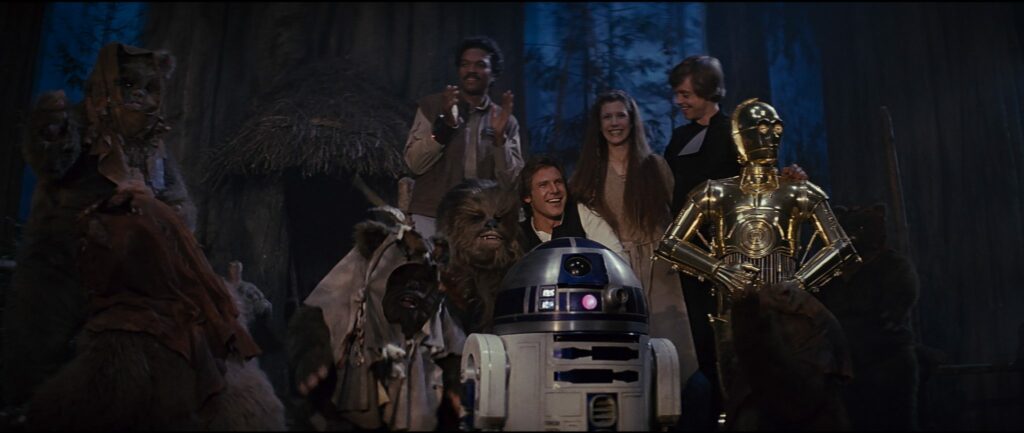
The Broader Picture – Evolving Ratings in Entertainment
The BBFC’s decision isn’t unique to Return of the Jedi. Movie ratings, especially those for older films, are frequently revisited to ensure they align with modern values. While it might seem like overkill to some, it reflects the desire to maintain standards that protect younger viewers and acknowledge the changing media landscape.
Conclusion – A PG Legacy for a Timeless Classic
In the end, Return of the Jedi remains the triumphant conclusion of the original trilogy (yes, including those Ewok bops). The move from “U” to “PG” doesn’t change its legacy—it just adds another layer to its rich history. It’s a testament to how films can be viewed through different lenses over time and, frankly, makes for an interesting debate topic at your next Star Wars-themed gathering.
So next time you pop in Return of the Jedi and see that PG label, remember: it’s not just a classification change. It’s a reminder that even in a galaxy far, far away, standards evolve. Now, if only we could get the BBFC to weigh in on whether Ewoks are friends, foes, or just really intense plushies.
What do you think of the reclassification? Does Return of the Jedi deserve the PG rating? Share your thoughts below and may the Force be with your ratings debates!
Stay up-to-date with the latest news, updates, and exclusive content! Click here to follow us on Google News and never miss a story from the galaxy and beyond.


